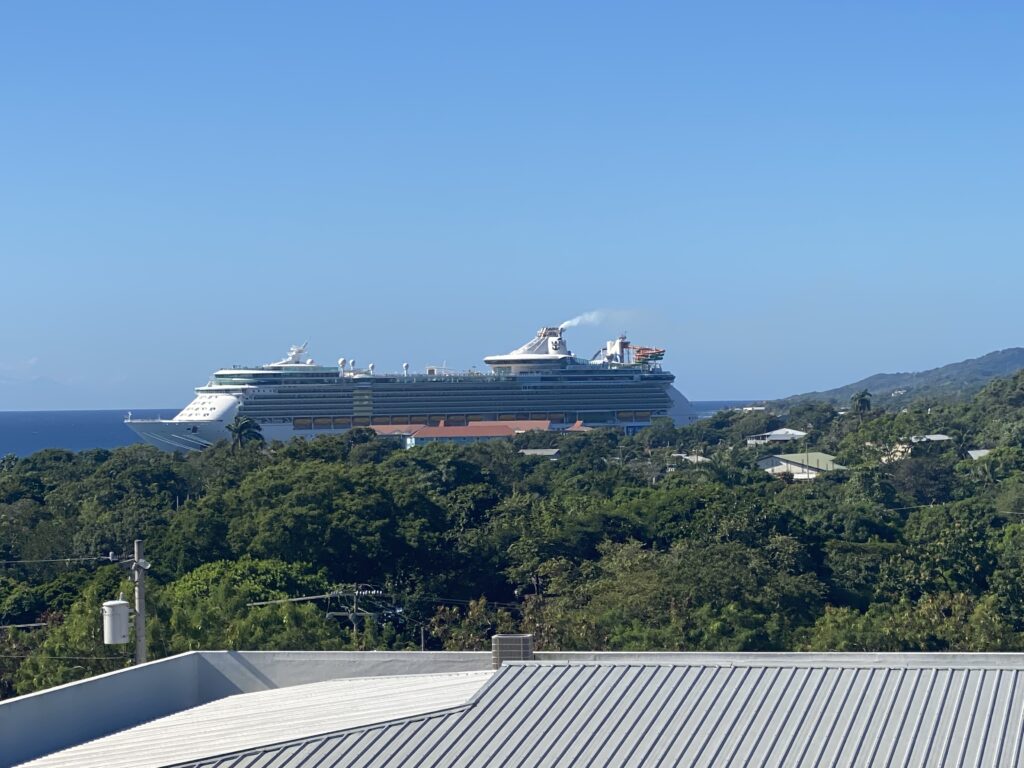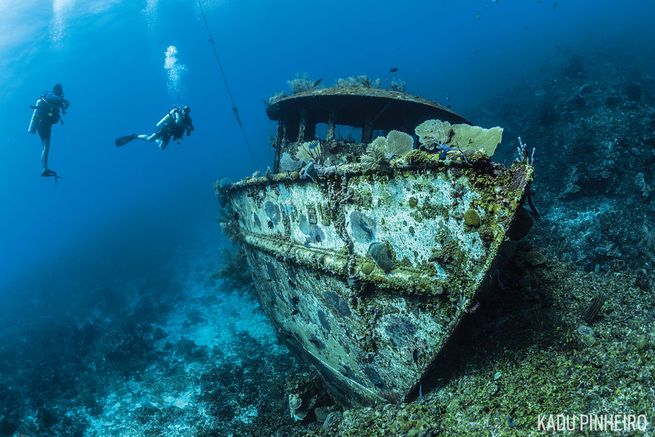The island has been in different hands throughout history and has borne names such as Rattan, Ruatan, or today’s name, Roatan. It has been inhabited by indigenous peoples, pirates, African slaves, as well as British and Spanish conquerors. Join us for a trip on the tropical lava rock in the west of the Caribbean, which from a human perspective is on the border of the third world, with everything from abject poverty to tremendous wealth.

Roatan is the largest island of the Bay Islands archipelago, located approximately 65 km from the mainland of Honduras. It is somewhere around 77 km long and 8 km at its widest, with around 100,000 residents. It is a busy island that today is built by people who have created industries for themselves, preferably in tourism, and fishing. Small and large fishing boats have left the shores here since the dawn of time and caught most everything, whether it is for their own use, export, or for restaurants and local sales.
The tourist industry is formidable, with up to 5 cruise ship arrivals several days a week. However, 60% of passengers stay on board at landings, some because they think the offers are good enough there, others because they fear the country, which is known for a high murder rate. But like most other countries in the world, crime is limited in geographical areas. And Roatan is not one of them. Here there is a wealth of activities, whether you want to hang in a “zipline” over the jungle, touch exotic animals in captivity, go sightseeing, fishing, or simply relax on a white beach or restaurant serving all kinds of goodies.



In addition, there are several hundred thousand overnight stays with those who come to stay here for a while and dive or snorkel alongside enjoying the island’s many oases.
Much of the reason why the Bay Islands are popular is the pleasant climate (22 – 35 degrees Celsius) throughout the year, combined with spectacular sunsets over white beaches and umbrella drinks. What is defined as the rainy season (November to January) is also a relatively straightforward affair, with short torrential downpours in between sunny skies. The best time is February to May before the summer heat really sets in.
Many of those who can define themselves as “islanders” are descendants of African slaves who were either placed here by the colonial powers, or have moved here from other islands in the Caribbean. They speak English since the majority originate from the British project called the West Indies.
The single most famous people on the island are the Garifuna. They were deported from the island of St Vincent in the east of the Caribbean in 1797. A difficult time with what many considered genocide, in addition, a fatal illness struck.


(St Vincent was the location where they filmed the “Pirates of The Caribbean” films)
Read more about The Garifuna here

